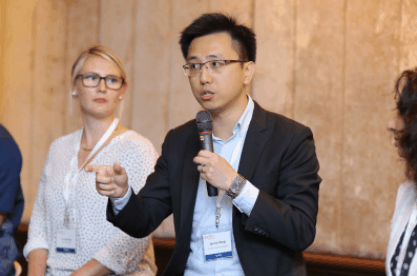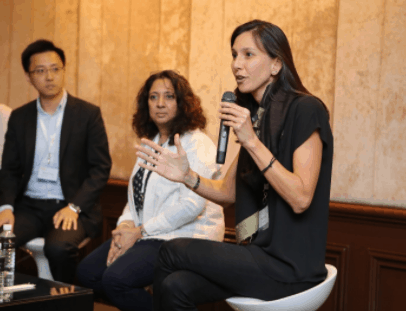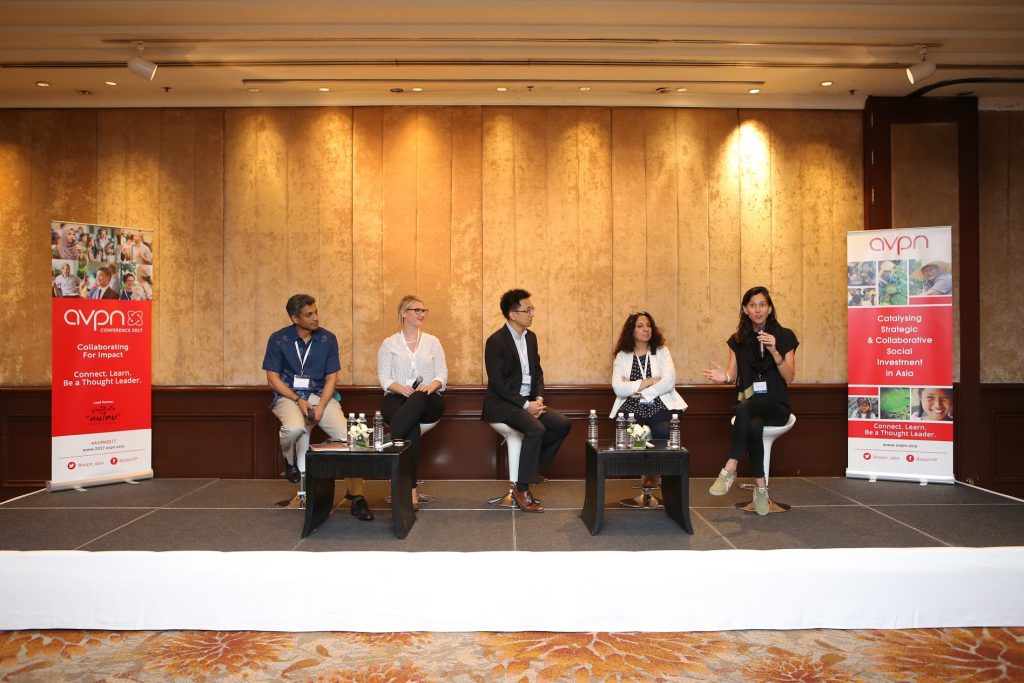With corporations becoming increasingly sophisticated in their approaches to corporate social responsibility (CSR) there is a growing interest in skills-based volunteering (SBV). Skills-based volunteering is an employee engagement approach whereby companies leverage the professional expertise of their workforce to directly contribute to non-profits and social enterprises – also known as social purpose organizations (SPO’s). Corporations represent a wealth of human and intellectual capital that has immense potential to strengthen SPO’s capabilities, allowing for higher capacity and more efficiency in achieving their goals. On the flip side, SBV programs have shown to be increasingly vital to the well-being of a corporation, driving employee satisfaction and loyalty.
Last week, at the AVPN 2017 Conference in Bangkok, a diverse panel of experienced practitioners were brought together to discuss benefits, impact, and different models of skills-based volunteering. The discussion was moderated by Sriven Naidu, Director of Program Development and Partnerships at Singapore Management University. The panelists included Tess Mackean, CEO of TalentTrust, Vijaya Balaji, CEO and Managing Director of ToolBox India Foundation, Spencer Wong, Legal Program Manager of Thomson Reuters Foundation East Asia, and Zhang Tingjun, Executive Director of Mercy Relief.
There was consensus amongst the panelists that SBV is much more sustainable when viewed as a mutually-beneficial partnership, rather than as giving-and-receiving. In fact, moderator Sriven Naidu proposed that the term be rephrased to “skills-based symbiosis” (SBS). This emphasis on partnership and collaboration makes the relationship between the corporation and the NGO more committed, intentional and productive.
What is skills-based symbiosis?
Skills-based symbiosis (SBS) is based on an exchange of tangible and intangible benefits between nonprofits, corporations, and individual contributors. Corporate partners will benefit through having the opportunity to expand the abilities of their top talent by letting them practice in unfamiliar environments that they may not be exposed to otherwise. SBS also creates a platform for more untested high-potential executives to gain practice in their fields in a relatively low risk environment. Creating a culture of volunteerism has potential to boost morale, workplace atmosphere, talent retention, and brand perception.
Why skills-based symbiosis?

SBS impact metrics – Measuring vs Observing impact
From the lively discussion during the Q&A, a major difficulty with skills-based symbiosis is finding an accurate way to produce impact metrics. With a better idea of the impact they are making, individuals will be more willing to volunteer their time and talent towards that impact.
Because many aspects of this impact are difficult to quantify, storytelling and case studies are very important in communicating the success of this model of volunteerism. Panelist Tess Mackean suggested focusing on a few very influential success stories or case studies, and going in depth, telling these stories very well to communicate their influence. It is also crucial that NGOs keep their volunteers engaged throughout the project, being sure to communicate – or better still, witness first-hand the impact on the end beneficiary. Seeing what was accomplished and understanding how their contribution helped to reach that end goal will create a higher likelihood of that volunteer staying engaged in their personal philanthropic journey.
Best practices regardless of the diversity of models
When engaging in a partnership for SBS, the process should roughly follow the below best practice steps:
- Assess the needs and competencies of the corporation.
- Assess the needs and readiness of the NGO.
- Develop a matching scope of work (more specific the better).
- Implement.
- Evaluate and recognize.

Contributors:
Sriven Naidu
Director – Programme Development and Partnerships (Master of Tri-Sector Collaboration), Singapore Management University


















